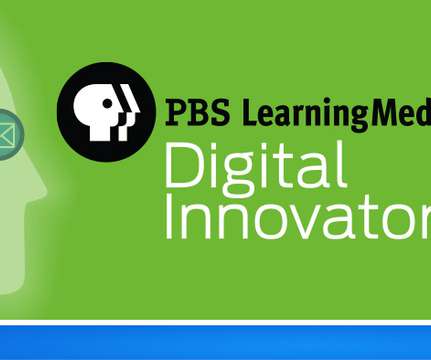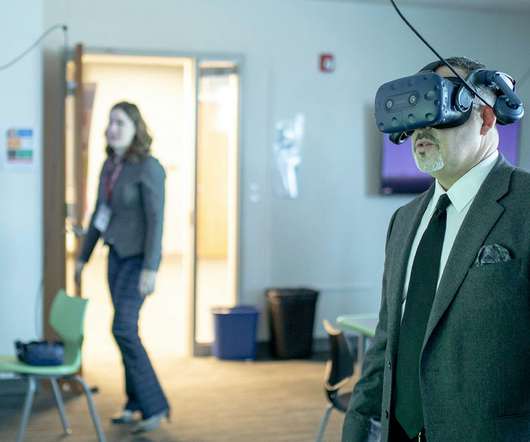How one city closed the digital divide for nearly all its students
The Hechinger Report
APRIL 14, 2022
Ramos knew there were many kids like her, eager to keep up with school but lacking the technology to do so. We have this huge digital divide that’s making it hard for [students] to get their education,” she said. efore the pandemic, the digital divide was often considered a rural problem. We can’t afford not to.”.














































Let's personalize your content